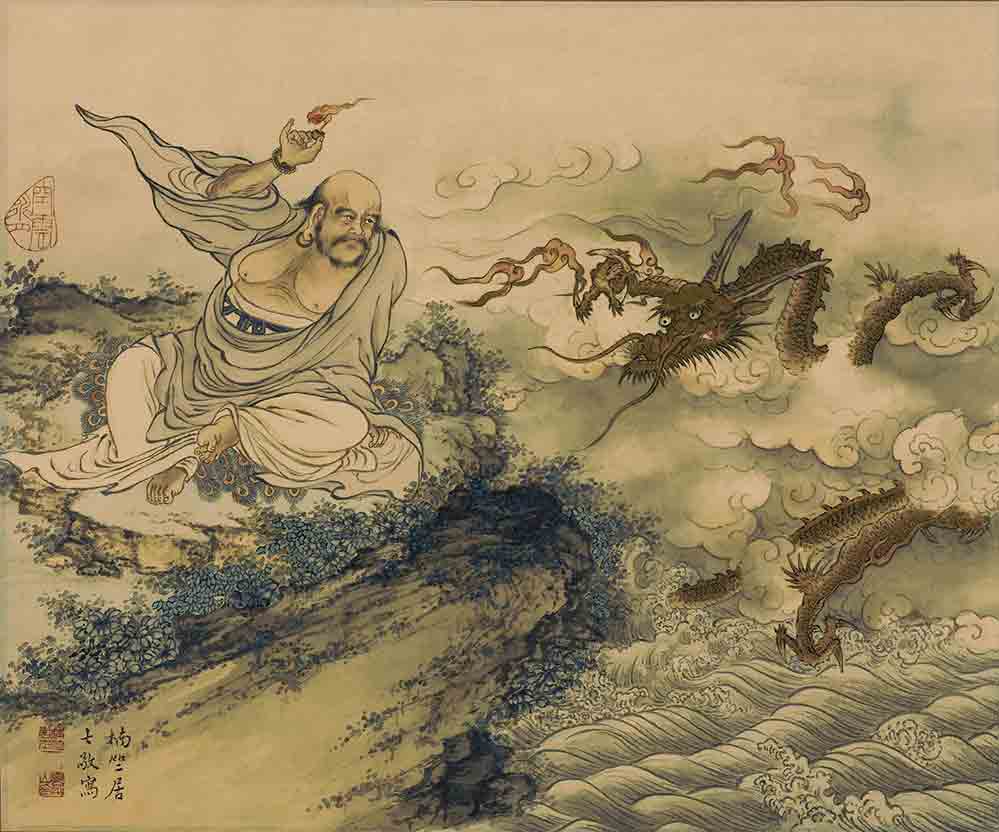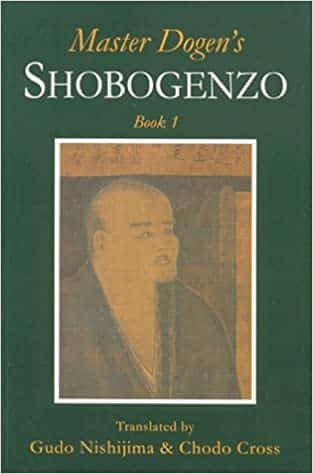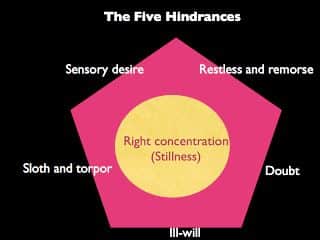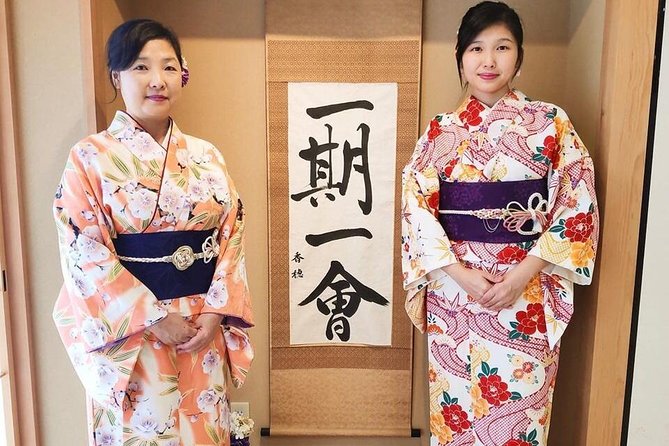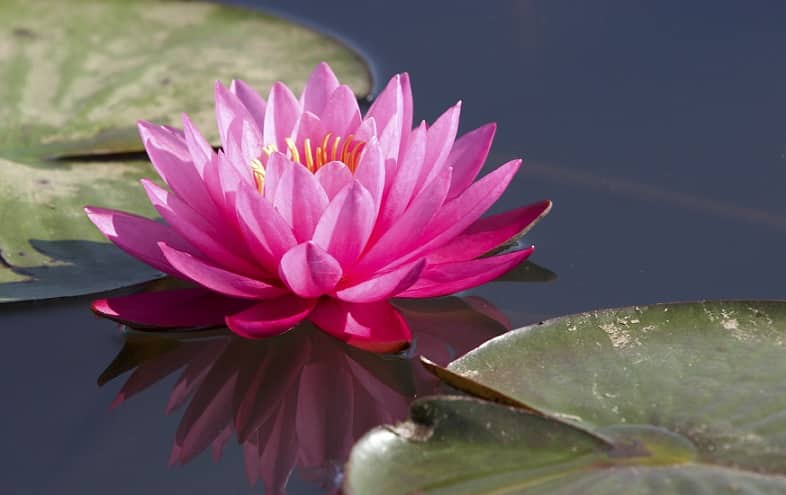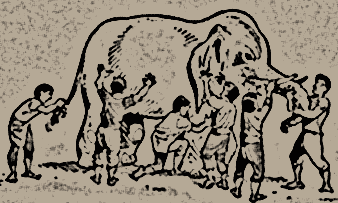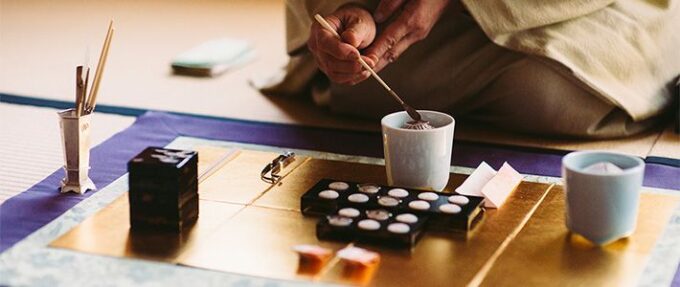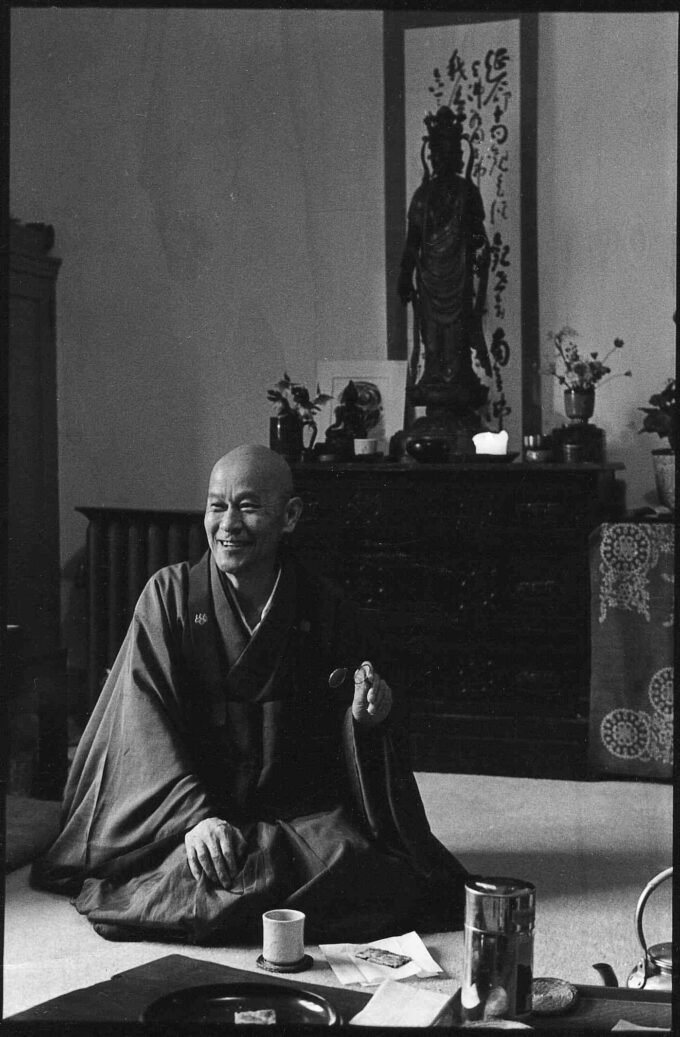Category: Resources
THE FIRST ANCESTOR, One day, the World-honoured One offered up a flower with a twinkle in His eye; Mahakasyapa’s face broke out in a smile. The World-honoured One said, …
Cetasika = Ceta + s + ika is translated as “mental factors”, “mental states”, “mental events”, “concomitants of consciousness”, “mental concomitants”, “mental adjuncts”, “psychic factors”, etc. Cetasika, (adj.) means …
The Shōbōgenzō is the well recognized spiritual masterpiece of the Japanese Soto Zen Master, Eihei Dogen. It contains discourses that he gave to his disciples, in person or in …
In meditation, the Five Hindrances can be seen as the major forces in the mind that hinder our ability to see clearly or become concentrated, preventing us from gaining …
The kimono is representative of Japan’s culture and heritage, and there are different types of kimono worn to complement every season and occasion. Originally, “kimono” was the Japanese word …
The lotus flower symbol has deep, mythic meaning for many cultures. The lotus blossom has been revered, attributed to deities, and meditated on for thousands of years. The mystical lotus bloom …
Anekāntavāda meaning ”non-absolutism” or “many-sidedness” or ”theory of several assertions” refers to the principles of pluralism and multiplicity of viewpoints, or vantage points. Anekāntavāda represents the idea that reality is perceived …
Kōdō (“Way of Fragrance”) is counted as one of the classical Japanese arts of refinement, along with chadō (“The Way of Tea”), kadō (“The Way of Flowers”) and shodō …
18-th of May 1904, the year of the dragon and the 37th year in the reign of Emperor Meiji, Shunryu Suzuki is born at Shogan-ji temple. Shunryu Suzuki was …
This asanas (postures) can be practised in series, or you can also choose one of them and practice it. If you go through this series, the best is to keep it …
